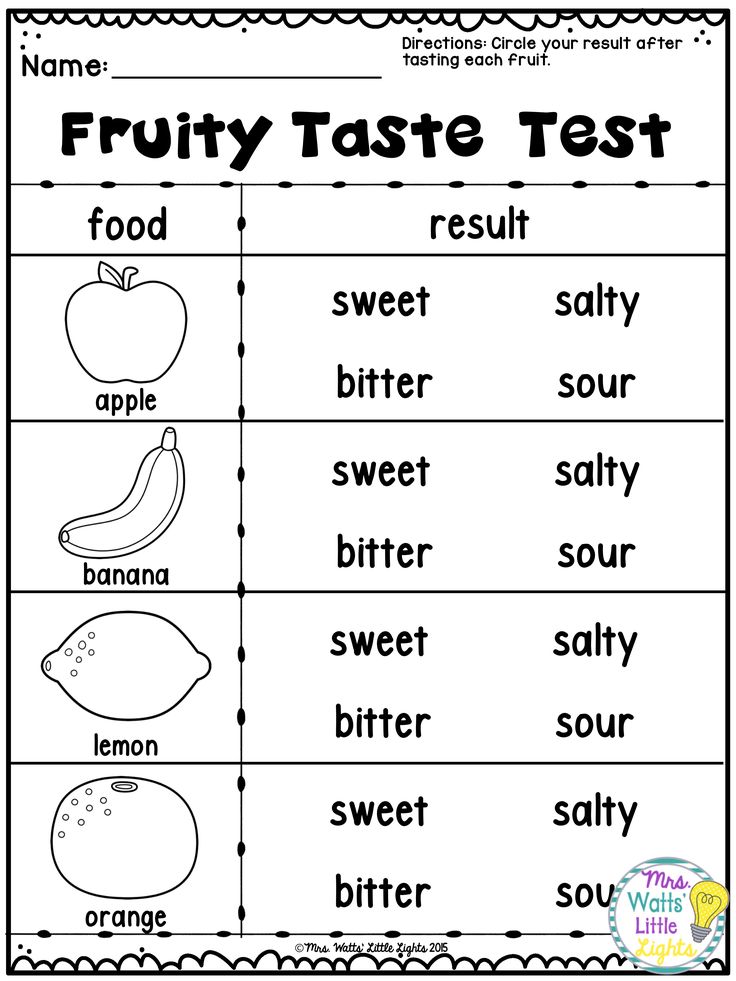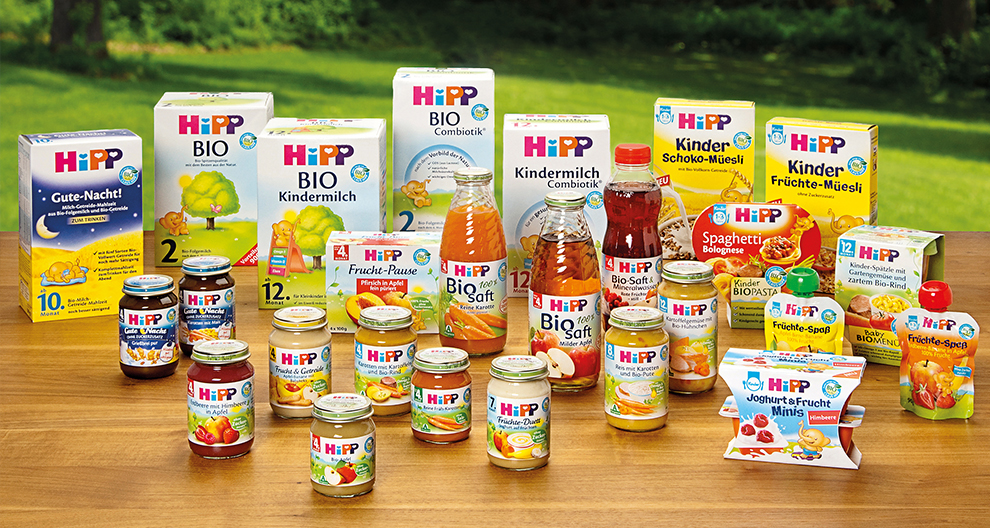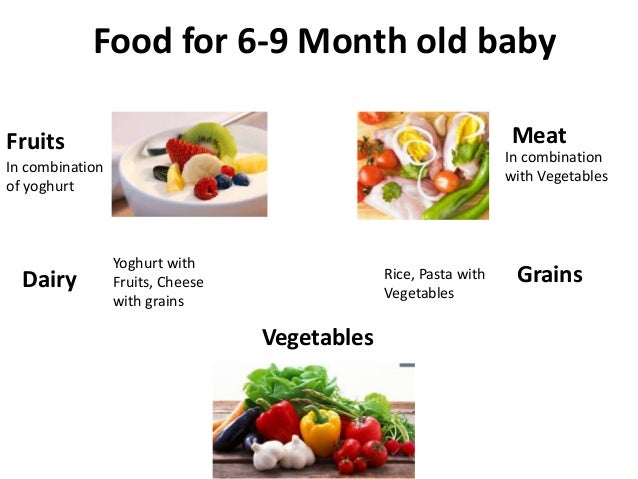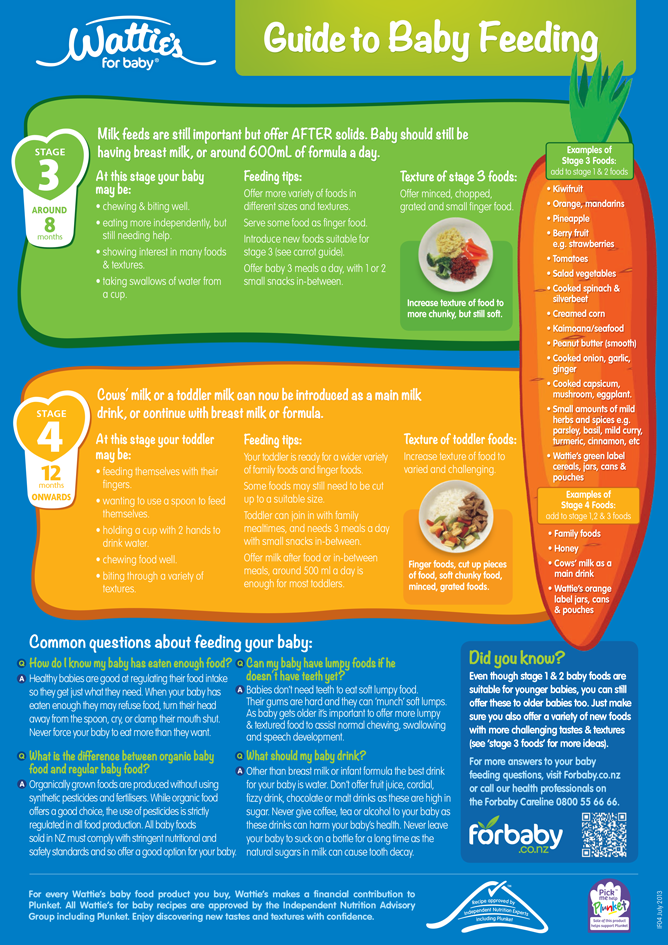What treats can you feed baby chicks
Treats for Baby Chicks Can Be Fun and Nutritious
Reading Time: 4 minutes
Your initial focus when getting baby chickens was probably the basics: selecting a breed, setting up a chick brooder, and what you can feed chickens. When you were researching this last part, did you consider treats for baby chicks? Treats can add nutrition to your baby chicks’ diet. Plus they can be fun for your birds and for you!
Moderation
When thinking about treats for your baby chicks, keep in mind how small they are. Most of their diet should be supplied by a good quality chick starter. Treats should make up no more than 10 percent of their total intake. This is a good rule of thumb for all birds in your flock, no matter their age.
Grit
Chicks who are only eating feed do not necessarily need additional grit. If you are feeding chickens scraps or other treats, they will require this supplement. What is grit, exactly? Grit consists of small stones which the chicken eats and holds temporarily in its gizzard. This muscular organ acts like teeth for the chicken. Food is ground up by the action of the gizzard, with the help of the grit, so that the chicken can digest it. Grit comes in different sizes. For chicks, you should look for “starter grit,” which will be more finely ground. Adult birds who are able to free range pick up grit naturally in the environment but babies, who will most likely be confined, need you to supply it. This is an essential addition if you are feeding treats for baby chicks! Grit can be mixed in with food or offered separately. We have had success both ways; the birds seem to instinctively understand it is something they need and eat it as needed.
Treats for Baby Chicks
So what exactly can you feed those cute babies? Treats for baby chicks really look fairly similar to treats for adult chickens. They can eat a wide variety of foods if prepared properly. Again, think of their small body size. Cut up any food offered into appropriately sized pieces.
Eggs
Hard boiled eggs are a classic treat for baby chicks.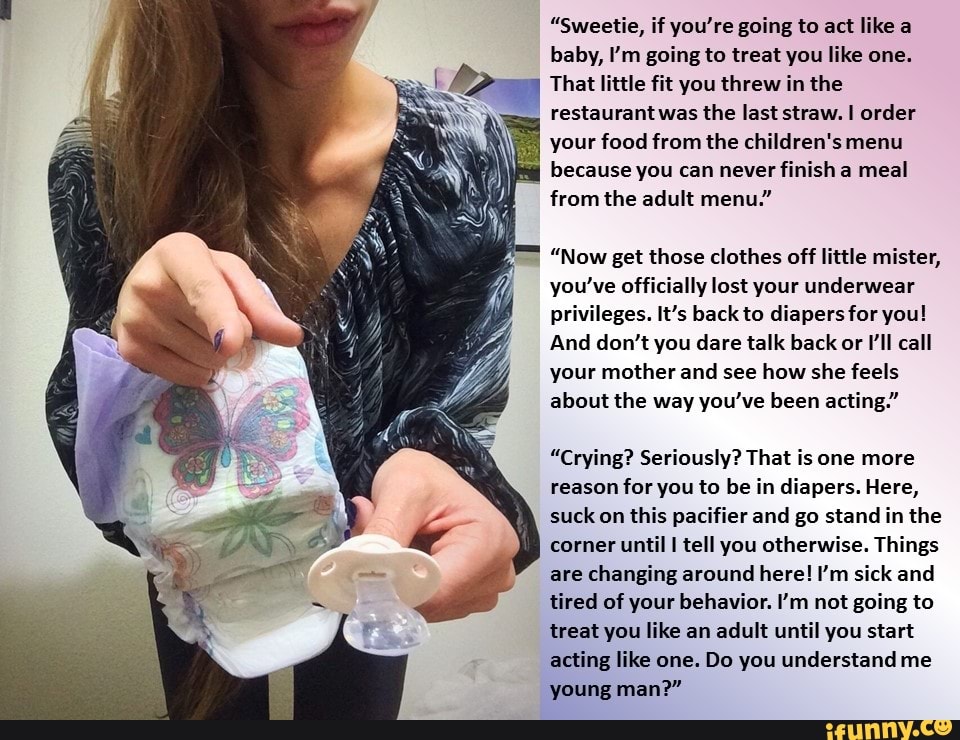 Eggs are something chicken keepers often have on hand (in abundance!) and they provide a lot of protein for growing babies. Though hard boiled eggs are fairly easy for chicks to pick apart, you may want to mash it up before serving.
Eggs are something chicken keepers often have on hand (in abundance!) and they provide a lot of protein for growing babies. Though hard boiled eggs are fairly easy for chicks to pick apart, you may want to mash it up before serving.
Yogurt or Cottage Cheese
Like eggs, yogurt and cottage cheese provide good protein as a treat for baby chicks. Yogurt also supports good gut health with all its probiotics. Cottage cheese is a favorite of our birds, young and old. They do make a mess but have so much fun diving in for the curds!
Adults and babies alike love cottage cheese!Worms, Insects and Crickets
You can provide your baby chicks worms in several forms. Meal worms are easily purchased from the store and will be devoured by your young ones. Though it takes more work, you can also collect worms or other small insects from your yard for your babies. This can be a fun way to involve children in the care of your flock. My stepsons like to pick cabbage moth caterpillars off the plants in the garden in feed them to our birds. It’s pest control and treats for baby chickens all in one fun package. Crickets can also be caught or purchased and thrown into your chick brooder. Try this one and be sure to stay and watch the show. Chicks are bound to love the chase as much as the reward when they catch the poor insect!
It’s pest control and treats for baby chickens all in one fun package. Crickets can also be caught or purchased and thrown into your chick brooder. Try this one and be sure to stay and watch the show. Chicks are bound to love the chase as much as the reward when they catch the poor insect!
Fruit and Veggies
Chicks enjoy a wide range of fruits and vegetables. Some favorites among our birds are bananas, tomatoes, strawberries, watermelon, apples, grapes, lettuce, cucumbers, squash and kale. Again, keep in mind the size of your young birds. Softer items might be okay to throw in whole (watermelon or ripe stone fruit) and let the chicks pick off pieces, but tougher items should be cut up into appropriately sized pieces. When in doubt, cut it up.
These babies weren’t sure what to make of this peach when I first gave it to them.Since I grow kale and its season is so long, lasting all the way through the winter some years, this has been a staple treat for our flock. As a treat for baby chicks, I de-stem and chop it up. For the adults, I sometimes just throw a whole plant into the run and they tear it apart.
As a treat for baby chicks, I de-stem and chop it up. For the adults, I sometimes just throw a whole plant into the run and they tear it apart.
Greens from your yard can also serve as veggie treat for baby chicks. Dandelion greens, clover and grass clippings have all been favorites here. Be sure not to feed these to your flock if you use chemicals to treat your lawn.
Spaghetti
Small pieces of spaghetti are an entertaining treat for your little ones. They seem to view them as little worms, rushing in to grab a piece and running off with it dangling out of their mouths. Try this one if you want a good laugh.
Hopefully this list has given you some ideas of treats for baby chicks in your flock. The options are numerous. Just be sure to follow the rules of moderation and adding grit along with the treats, and have fun watching your birds devour their treats!
Which treats can baby chicks eat?
Every year when we raise chicks I start to feel bad for them.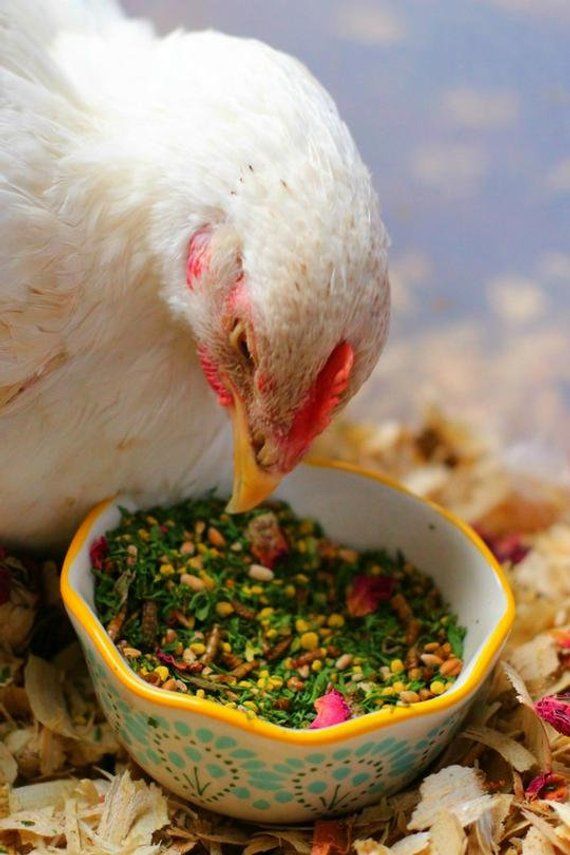 It must be boring eating the same feed every single day! Unfortunately for them, chick feed is formulated to be nutritionally complete. So they don't need anything else. I still like to give them occasional treat and lots of special attention. When feeding chicks treats though, you need to be careful that you give them healthy snacks most of the time.
It must be boring eating the same feed every single day! Unfortunately for them, chick feed is formulated to be nutritionally complete. So they don't need anything else. I still like to give them occasional treat and lots of special attention. When feeding chicks treats though, you need to be careful that you give them healthy snacks most of the time.
Oh, and grit.
While chickens love treats like bread, it's really not that good for them. If you think about it, white bread isn't all that good for us either which brings me to the first rule of chick treats: If it's not good for you, it's not good for them. Just like when feeding adult chickens treats, things that shouldn't be given to chicks include alcohol, caffeine, lots of salt and spoiled foods.
Let's start with the basics of chick treats:
- It has to be small bits or easy to tear from...like soft fruit.
- Chocolate is bad for most animals. Period.
- Caffeine is another no-no. Anything containing coffee, tea or chocolate should not be given to chicks.
 This includes Matcha which is a powdered form of green tea and is often added to desserts.
This includes Matcha which is a powdered form of green tea and is often added to desserts. - Alcohol. Desserts soaked in liqueurs are probably the biggest hazard, but anything containing alcohol that has not been burned off in the cooking process should be avoided for all poultry.
- Salt. Anything excessively salty can be bad for a chicks developing system. If you can, rinse the item off. Although salty items like processed meats or cheeses should just be avoided.
Obviously the best treats for chicks are going to be healthy foods like fruits, vegetables and lean proteins. You really don't want to give them unhealthy foods at this stage in their development. Since their feed should be at least 90% of their diet that leaves very little room for treats.
Luckily they haven't developed a taste for treats yet, so anything you give them will be treated with a weary eye, but should eventually be accepted. Of course they might run screaming from it at first! lol Chicks are funny!
Grit for chicks
Chicks do not need grit if you are only feeding them chick feed.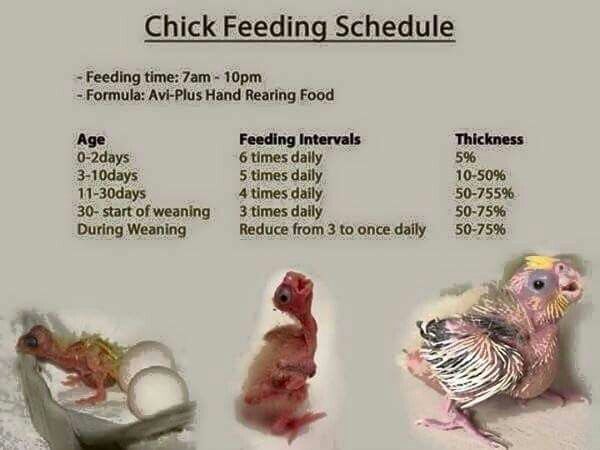 If you've ever had chick feed get into the waterer, you'll notice that it feels sandy as you wash it out. That actually is tiny bits of grit, which is enough if they are only eating the chick feed. Once you add some treats to their diet you should offer them some extra grit.
If you've ever had chick feed get into the waterer, you'll notice that it feels sandy as you wash it out. That actually is tiny bits of grit, which is enough if they are only eating the chick feed. Once you add some treats to their diet you should offer them some extra grit.
I like to buy the 50 pound tubes of contractors sand at home depot to use as grit for my chickens. It costs less than $5 and has all different sized pebbles and sand in it. The same sand can be used for chicks. I like to sift out the finer stuff for them. I just use a kitchen strainer. Place the sand in a small bowl for the chicks to peck at if they wish.
My chicks favorite treats
Vegetables:
Fresh or frozen only. Canned peas and corn are salty and chicks don't seem to like them as much. Carrots are best if they're cooked or shredded. Small pieces of cucumber, zucchini, broccoli, sweet peppers etc.
Lettuce:
All kinds, but keep in mind that many types of lettuce (like iceberg) have very little nutritional value. Rip the lettuce into small pieces and see if your chicks like it! They also like fodder, so if you're growing it for the chickens anyway, make sure to share it with the babies, just give it to them early when it's still short. Or cut the tops off the fodder and just offer that to the chicks in a small dish.
Rip the lettuce into small pieces and see if your chicks like it! They also like fodder, so if you're growing it for the chickens anyway, make sure to share it with the babies, just give it to them early when it's still short. Or cut the tops off the fodder and just offer that to the chicks in a small dish.
Cut ripe bananas into thin slices. The chicks will peck at them, pulling off small pieces.
Dried mealworms are crispy and easy for chicks to break apart. They also love small worms if you happen to come across any while gardening...though they may run away from it at first. Eventually one will grab it and run away from the others to enjoy his treat which will prompt the rest to run after it trying to steal the treat! It's really funny!
You can even grow your own mealworms at home to reduce costs! Give the chicks small ones, the larger sized might be too big.
While these are a great treat for chicks, I often cut them into smaller pieces before giving it to them.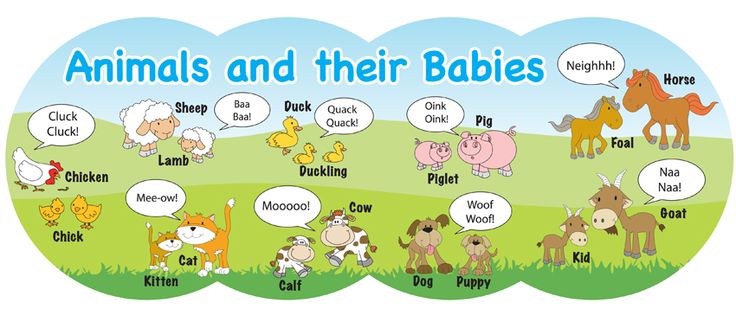 The first time chicks see a whole grape or blueberry they probably won't realize it's food and they'll just ignore it. Cut it in pieces so they can get a bite of the inside. Softer strawberries, blackberries and raspberries can be left whole or cut in half because they can pull pieces off.
The first time chicks see a whole grape or blueberry they probably won't realize it's food and they'll just ignore it. Cut it in pieces so they can get a bite of the inside. Softer strawberries, blackberries and raspberries can be left whole or cut in half because they can pull pieces off.
Cantaloupe and honeydew are best when they're on the mushy side. They also love watermelon, though they probably will only eat the inside pieces and not close to the rind! They'll eat the rind when they're adults, but for now the softest parts are best. They are babies after all.
Weeds:If your chicks don't free range they would love a few bits of weeds tossed into their brooder! Check out this list of weeds chickens and ducks love. If they are allowed outside though, they will find and eat these on their own.
Strawberry tops, tomato ends, thin slices of cucumber, the insides of squashes, pumpkins and melons are all treats that chicks can have. Watch not to give them large seeds from inside squash or pumpkin. Don't give them anything that's too big for them to swallow, because they don't have teeth and haven't mastered the art of tearing their food yet.
Watch not to give them large seeds from inside squash or pumpkin. Don't give them anything that's too big for them to swallow, because they don't have teeth and haven't mastered the art of tearing their food yet.
Just like adult chickens, baby chicks love scrambled eggs and it's good for them. Don't worry, they won't become egg eaters if you make the scrambled eggs to eat. They don't even know what eggs are yet!
If you happen to keep chicks in the coop with adult chickens, they will enjoy these treats too! You just may need to keep the adults away for a bit while the chicks try their new treats!
Is this your first time raising chicks? Check out How to Raise Baby Chicks for Beginners and get all your questions answered.
~L
Want information on raising chickens sent right to your email weekly? Click right here to join my list and get new posts sent directly to you the day they're published ... plus, you'll also get the 4 free downloads including '25 Ways to save money raising chickens'.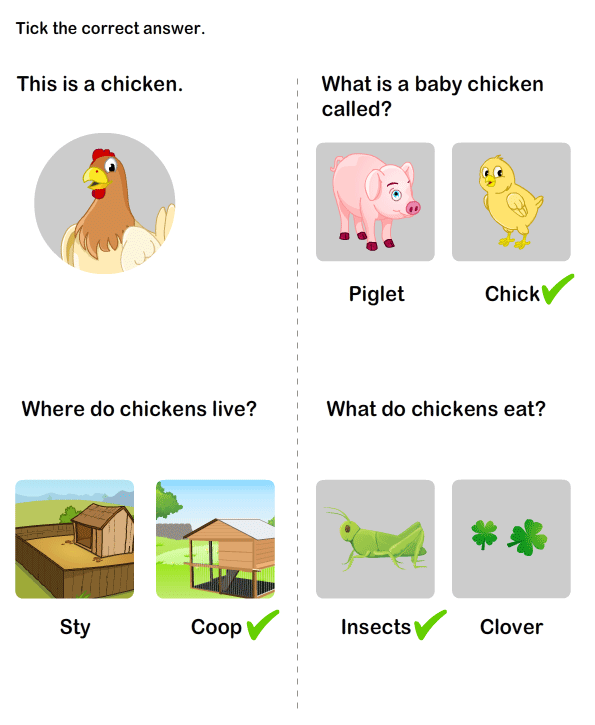
diet in the first days of life, chicken feed norms
| The diet of chickens, especially small ones, is different from the diet of adult chickens. Many breeders who raise chickens in the household are interested in how and what to feed the chicks so that they develop properly. For healthy growth, chickens require a balanced diet in sufficient quantities. The composition of the products depends on the direction and age of the chicks. |
Content:
- What does healthy chicks eat?
- General rules for formulating rations
- What to feed chickens?
- General rules for feeding
- Feed for chickens of various ages
- Feeding frequency
- Feeding Features
- Farmer's Councils
What does a healthy chicken diet consist of?
Sources of proteins, vitamins, micro and macro elements are products of plant and animal origin, as well as substances synthesized in the laboratory.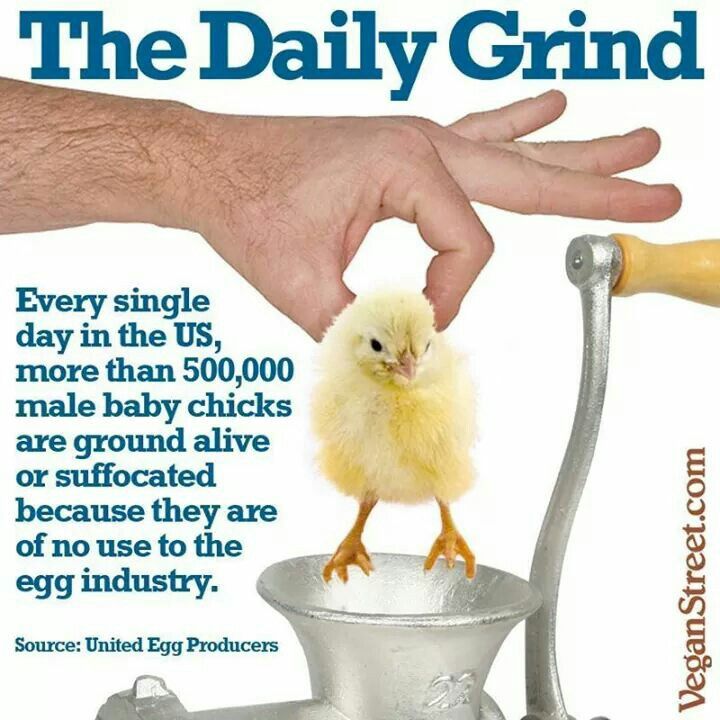 For the production of finished formulations in the factory, only high-quality proven raw materials are used. In feed for laying hens and broilers are introduced:
For the production of finished formulations in the factory, only high-quality proven raw materials are used. In feed for laying hens and broilers are introduced:
|
It is quite difficult to independently calculate the proportions and mix the components thoroughly without the appropriate equipment.
General dietary guidelines
The terms of growing meat breeds are 1.5-2 months, laying hens - up to six months. During this time, the bird should gain weight of 2.5-3 kg. To accelerate the growth of muscle mass in broilers, it is recommended to use specialized feed. It fully meets the needs of the bird in proteins, fats, carbohydrates, vitamins and minerals. The composition and consumption of feed should be appropriate for the age of the chicks.
At 1-2 weeks of life, the foundation of the skeleton is laid in chickens, muscle mass increases at an average pace. At this time, it is necessary to introduce a sufficient amount of proteins, fiber, and mineral components into their diet.
In the growth phase, chickens are gaining weight intensively. They need as many amino acids and proteins as possible, which act as a building material for cells, as well as complex carbohydrates. The dose of vitamins and minerals received with food is increased.
At the finishing stage, the amount of carbohydrates is reduced so that the broilers gain more muscle mass, and not fat. At this stage, it is important to prevent weight loss. For these purposes, finishing compound feed is introduced into the diet.
What to feed chickens?
Cereals form the basis of the diet.
| Corn | One of the most useful and nutritious ingredients. Corn is the leader among grains in terms of protein content, while it contains less fiber than other cereals. The product is easily digested and well absorbed. The product is easily digested and well absorbed. |
|---|---|
| oats | Source of many amino acids. It is considered a dietary product, but contains a lot of fiber. In large quantities, it causes blockage of the intestines, so its share in the composition of the feed does not exceed 20%. Oats are given in a purified form, completely removing the film from the grains. The size of the fraction depends on the age of the bird. Sifted oatmeal is usually added to prestarter formulations. |
| Wheat | Contains a large amount of vitamin E, B. Feed wheat is usually used in bird feed. The percentage can be up to 30%. |
| Rye | It is a source of a number of useful proteins, but contains too much mucus, which negatively affects the digestive system of chickens. It is added to some feeds in small quantities. |
| Barley | Practically not inferior to oats in useful properties, but also contains a lot of fiber.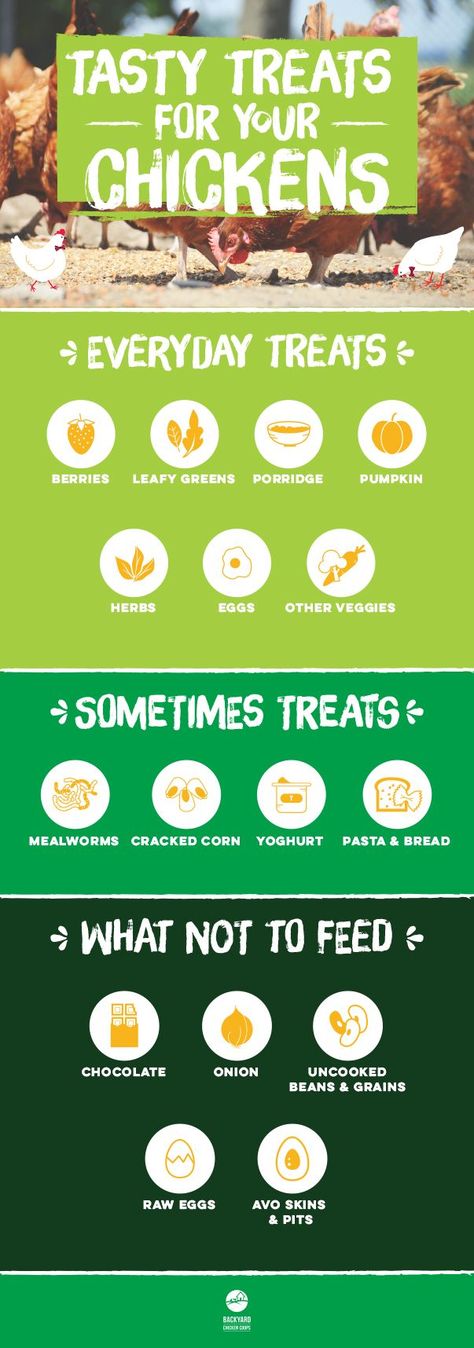 It is introduced into the composition only in a purified and sifted form. It is introduced into the composition only in a purified and sifted form. |
| Buckwheat | Despite the fact that the product contains components useful for poultry, it is rarely used. Basically, it is added to granulated feed, because. in loose form, chickens do not peck it. |
| Bran | Products of processing grain crops are introduced to increase the caloric content of the diet. By themselves, they have no nutritional value, so they are rarely used. |
Peeled vegetables are used as succulent feed.
| Potato | Improves poultry digestion, promotes the absorption of nutrients. It is introduced in boiled dehydrated form. In the process of preparing food, it is unacceptable to use green potatoes, since poisonous solanine has formed in them. |
|---|---|
| Beet | It normalizes the work of the intestines, prevents its blockage, provides the needs of chickens for vitamin B2, carotene, sugar. It can be given both fresh and boiled. The content of beets in the diet is about 15%. It can be given both fresh and boiled. The content of beets in the diet is about 15%. |
| Pumpkin | It contains a lot of vitamins and microelements. The product is added in an amount not exceeding 15% of the total volume. |
Protein components provide the daily requirement for amino acids. Protein sources are also rich in vitamins and minerals. They can be of plant and animal origin. Amino acids are well absorbed by the body. Animal proteins are obtained from various types of flour:
- fish. This product makes up to 8% of the diet, but is not used in broiler feed so that the meat does not have a specific smell;
- bone. In terms of the amount of proteins, it is not inferior to cereals, and at the same time it is rich in fats (11%) and vitamins A and E. It is given to chickens from a month old;
- blood. The product is rich in essential amino acids, but in high concentrations it provokes indigestion.
 Its share in the diet should not exceed 4%;
Its share in the diet should not exceed 4%; - pen. This component is used as an available source of protein to balance the feed composition. It is added in small amounts (up to 2%).
Dairy products are also a source of well-digestible animal protein: cottage cheese or whey. Their inclusion in feed mixtures for laying hens increases the egg production and fertility of chickens.
Legumes are richest in vegetable proteins:
- soy in terms of percentage and qualitative composition of proteins and amino acids is practically not inferior to products of animal origin, it also contains vitamins and minerals;
- peas also provide protein requirements for poultry, although to a lesser extent; chickens do not eat it well because of the specific smell and taste, therefore, no more than 10% is introduced into the feed;
- soybean and sunflower meal and cake are an inexpensive, highly digestible source of amino acids. In compositions for adult chickens, their share is 15-17%, for chickens and young animals - 10%.

General feeding rules
| Each individual should consume approximately 15-30 g of food per day: how much depends on the breed, weight of the chicks, and the intensity of their development. In general, the amount of feed each time should be such that the young hens will eat it in 30 or 40 minutes. The remains must be removed from the feeders so as not to deteriorate, and the feeders themselves must be washed and dried. |
If the chicks do not eat the feed given to them often, then its rate should be reduced. If, on the contrary, the food is eaten quickly, then it is desirable to increase its volume.
Feed for chickens of various ages
| PC-2 | Designed for chicks under 7 weeks old. It is produced in the form of finely ground grains, designed for an insufficiently unformed digestive system, easily digestible, contains all the useful trace elements.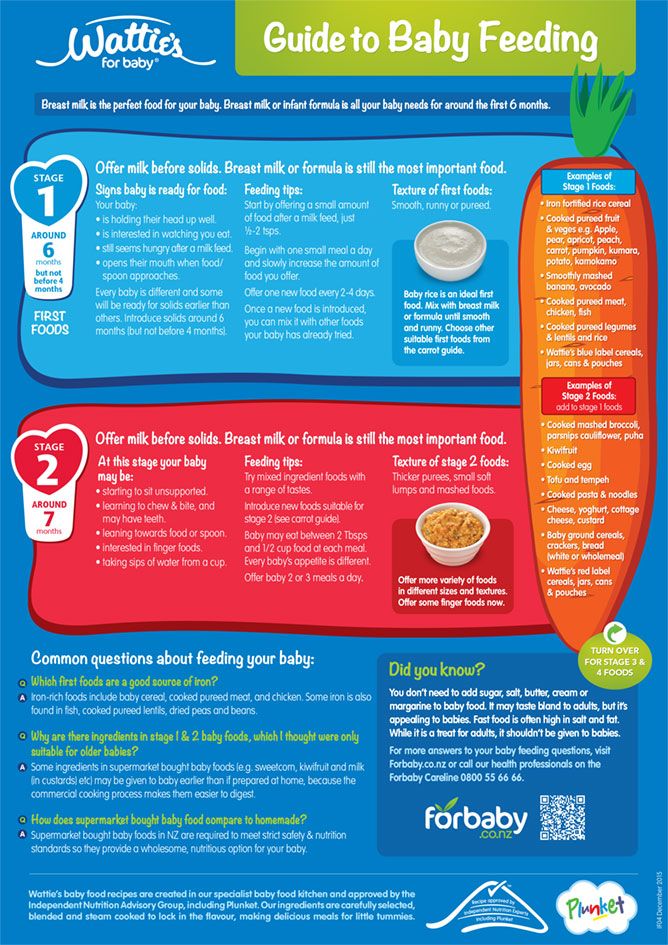 |
|---|---|
| PC-3 | Balanced mix for young animals 8-20 weeks old. Promotes rapid growth and proper formation of the reproductive system. It is produced in the form of grains with medium-sized fractions. |
| PC-5 | Designed for broiler chickens from 2 weeks to 1 month of age. It consists of a complex of easily digestible components that stimulate a set of muscle mass. |
| PC-6 | It has similar characteristics, but is designed for broilers older than a month. |
All types of feed can be divided into three groups:
| carbohydrate | Protein | Vitamin |
|---|---|---|
Promote accelerated growth and muscle mass gain. Their composition is dominated by cereals and vegetables. Chickens digest foods high in carbohydrates well, which cause a slowdown in metabolism and rapid weight gain. Such feeds are designed for broilers and increase the average carcass weight.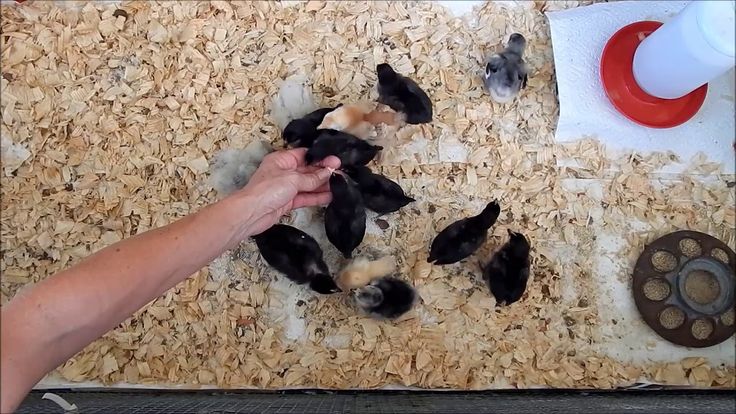 | Such compound feeds are developed mainly for laying hens. A large amount of protein increases the productivity of the bird, improves the palatability of the eggs, and makes the shell stronger. | Strengthen the immune system, help to survive the winter period. Usually produced in the form of concentrates, which enrich the main diet. |
According to the form of release, the compositions are of 2 types.
| Loose ones consist of fine-grained components. The disadvantage of such compositions is that they are worse absorbed. The chicken chooses tasty crumbs from the feed, and the less appetizing ingredients are thrown away. As a result, the bird receives less nutrients. In addition, a lot of dust remains in the feeder. However, it is impossible to completely abandon loose compositions. Chickens in the first weeks of life are not able to swallow and digest large granules, therefore they can peck only small grains. |
Expanded feed is produced by short-term heat treatment under high pressure. Nutrient mixtures are in the form of granules and contain liquid components in their composition. The advantages of expanded compositions include:
However, when heated, some of the vitamins are destroyed. |
Feeding frequency
The first time chickens are fed on the same day they are born. Then, until the age of 7 days, the chicks of meat breeds are fed 6-8 times a day, from the 2nd week of life - 6 times, from the 3rd - 4 times a day, by the age of one month, chickens are fed three times a day. Chicks of egg breeds up to 1.5 weeks are fed 5-6 times a day, and by the month they are gradually transferred to 3 meals a day.
Chicks of egg breeds up to 1.5 weeks are fed 5-6 times a day, and by the month they are gradually transferred to 3 meals a day.
When choosing a mixture, it is recommended to give preference to complete formulations. However, if the breeder has enough of his own food, you can limit yourself to concentrated additives to enrich it. Such compositions are marked with the QC marking. Concentrates for meat and egg-bearing breeds solve different problems:
| for broilers | for laying hens |
|---|---|
|
|
It is unacceptable to use concentrates as the main feed, since an excess of nutrients is no less harmful than their deficiency. BVMB is introduced into the composition of the mash, taking into account the age of the chickens.
BVMB is introduced into the composition of the mash, taking into account the age of the chickens.
Feeding Features
| 1st day of life | Feeding of chickens of egg breeds begins immediately after they dry out. The first food for newborn chickens should be a hard-boiled egg. It is cut as small as possible so that the chicks can swallow small crumbs and roll it in semolina to prevent pieces from sticking to the paws and fluff. In the brooder where they are, they put a drinker with clean, boiled and cooled water. Newly hatched chicks are also fed boiled eggs under the brood hen. |
|---|---|
| 2nd day | On the 2nd day, the chicks are already given a mash of eggs and homemade low-fat fresh cottage cheese (the ratio of ingredients is 1 to 1). The formula for feeding day-old chicks should be fresh and fed every 3 hours. |
| Week 1 | From the 3rd day, chickens are fed with a more varied mixture of cottage cheese, boiled eggs, crumbly porridge from corn, oat or wheat chips (the share of cereals should be 65%). Finely chopped greens and boiled red carrots grated on a fine grater are added to them. You can give germinated grain or grass flour at the rate of 2-3 g per chicken per day. More than 5 g of such flour cannot be fed due to the high content of fiber in it. Separately, a little skimmed milk or yogurt is poured into the container; it is better not to add them to the mixers. Twice a week, a few crystals of potassium permanganate are added to the water so that it becomes slightly pink. Keep it in drinkers for no more than 0.5 hours, and then replace it with clean water. This protects chickens from stomach diseases. You can feed the chicks with special industrial compound feed for chickens from the first days of life. It is made up of products that are easily absorbed by the body of small chickens and fully satisfy all their needs. Finely chopped greens and boiled red carrots grated on a fine grater are added to them. You can give germinated grain or grass flour at the rate of 2-3 g per chicken per day. More than 5 g of such flour cannot be fed due to the high content of fiber in it. Separately, a little skimmed milk or yogurt is poured into the container; it is better not to add them to the mixers. Twice a week, a few crystals of potassium permanganate are added to the water so that it becomes slightly pink. Keep it in drinkers for no more than 0.5 hours, and then replace it with clean water. This protects chickens from stomach diseases. You can feed the chicks with special industrial compound feed for chickens from the first days of life. It is made up of products that are easily absorbed by the body of small chickens and fully satisfy all their needs. |
| 2-4 weeks | From 1.5 weeks of life, a little sunflower or soybean meal (3-4% of the total food volume), chalk or shells, bone meal (5-7% of the feed amount or 2-3 g per 1 chick). Particles of top dressing should not be more than 1-2 mm. Very fine gravel or sand washed in water is placed in a separate container. After 10 days, eggs are removed from the diet, but other components are introduced, for example, root crops (boiled potatoes, etc.). Salt, rice, rye, wheat bran (up to 10%), herbal flour (6-10%) are introduced into the menu of two-week-old chickens. From 3 weeks old, chicks gradually begin to accustom themselves to whole grains. Particles of top dressing should not be more than 1-2 mm. Very fine gravel or sand washed in water is placed in a separate container. After 10 days, eggs are removed from the diet, but other components are introduced, for example, root crops (boiled potatoes, etc.). Salt, rice, rye, wheat bran (up to 10%), herbal flour (6-10%) are introduced into the menu of two-week-old chickens. From 3 weeks old, chicks gradually begin to accustom themselves to whole grains. |
| 1 month | At this age, the young are already quite strong, they can spend time walking, where they independently find greenery, seeds of various plants, worms and beetles. If the birds are in a closed aviary and cannot pluck the grass, then they need to be given it along with grain and vegetables. In general, the share of green grass in the diet of one-month-old young animals should be about 1/3 part, no less. Grain can be given both ground and whole: the birds are already able to peck it. It can be anything: wheat, barley, corn, oats, etc.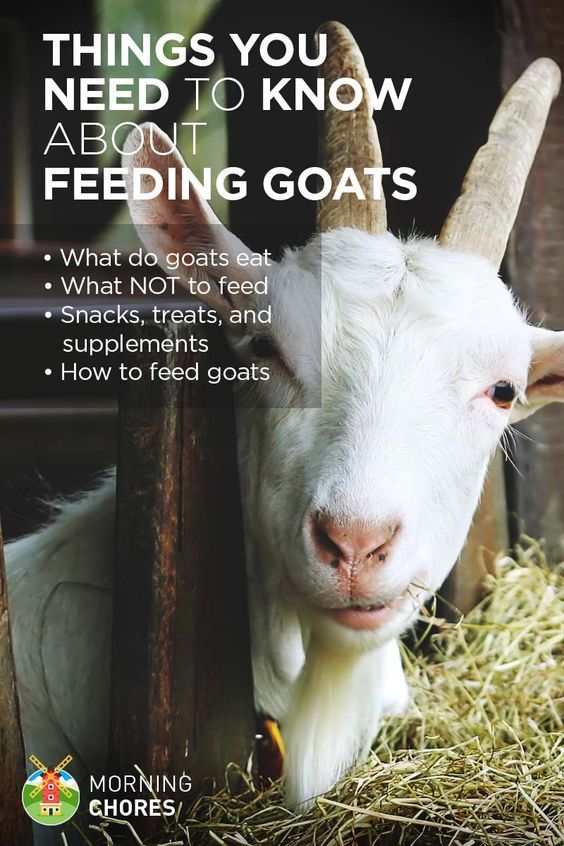 At this age, legumes can also be fed: peas, chickpeas, small beans, etc. In addition to grain products, you can feed root crops, fresh or boiled, to monthly chickens, vegetables from the garden and their tops, kitchen waste of both plant and animal origin, bran, meal and cake, compound feed. From mineral additives - bone and fish meal, chalk or lime, shell rock, salt. In addition to food, young animals should always have clean water in drinking bowls and pebbles that the bird needs for normal digestion. At this age, legumes can also be fed: peas, chickpeas, small beans, etc. In addition to grain products, you can feed root crops, fresh or boiled, to monthly chickens, vegetables from the garden and their tops, kitchen waste of both plant and animal origin, bran, meal and cake, compound feed. From mineral additives - bone and fish meal, chalk or lime, shell rock, salt. In addition to food, young animals should always have clean water in drinking bowls and pebbles that the bird needs for normal digestion. |
Chickens of meat breeds differ from egg breeds in that they need more complete proteins and vitamins, so their diet should be tailored to this feature. Therefore, it is necessary to give more protein feed, such as legumes (grains and green mass), meat and bone and fish meal, fresh kitchen waste. It should also be borne in mind that they eat more, so they need to be fed more often, especially in the first days of life.
Farmer's councils
When changing nutrition, the sensitivity of chickens to changes in composition should be taken into account. For this reason, birds should be transferred to a different diet gradually, over 3-5 days, daily adding new food to the usual food, gradually increasing its amount.
For this reason, birds should be transferred to a different diet gradually, over 3-5 days, daily adding new food to the usual food, gradually increasing its amount.
There should always be fresh water in the drinker, in which a little potassium permanganate is diluted - so much so that the liquid does not turn pink.
It is advisable to mix common salt (up to 5 g per 1 kg of the mixture) and ground egg shells into the feed.
The main disadvantage of self-prepared mixtures is the fragility of their storage. In contrast, prepared feed can be left in the feeder for as long as the chicks need to saturate.
In our company, you purchase safe, certified mixtures with high nutritional value. Products exceed the requirements of GOSTs in quality. At your request, it is possible to develop an individual recipe for specific chicken breeds.
The MEGAMIX company cooperates with a network of dealers in Moscow and regions. You can clarify the terms of the order and delivery by phone +7 (8442) 97-97-97 or on our website.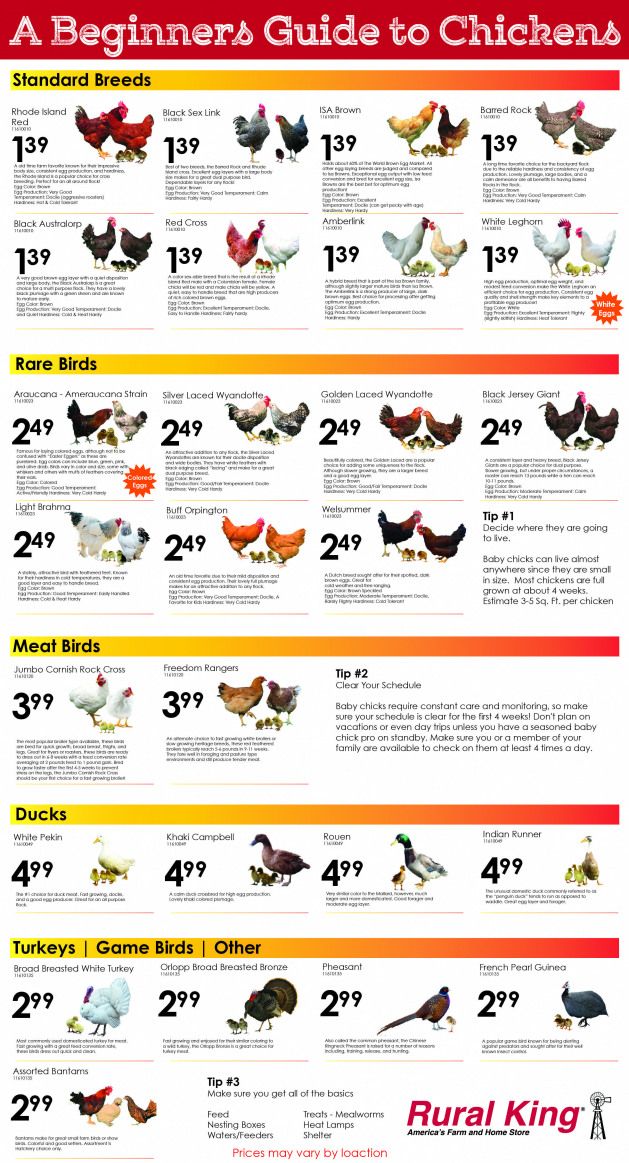
Free consultation
Ask a question to a specialist or order a price list
Telephone
Comment
By leaving a request, you agree to the policy of processing personal data.
09.11.2020
Is it possible to give chickens various cereals, herbs and vegetables
An adult hen will be a healthy and productive bird if properly reared and fed from birth. You need to be able to correctly compose the diet of the growing livestock. When raising poultry, knowledge is required whether certain foods can be given to chickens, and what is contraindicated for them. This is a guarantee of future excellent egg production and good tasty chicken meat. You need to know that the chicks that are born must be given glucose dissolved in water so that the residual yolk is absorbed.
Content
- Complex, wheat, buckwheat, wheat and rice porridge in the diet of chickens
- On millet and wheat in the diet of chickens
- ration with rice and buckwheat
- nettles, dandelion and other herbs in the d? , garlic and sorrel for chickens
- About the benefits of potatoes and carrots, cabbage
- Dairy products, protein, fish and bread food for chickens
- Is it possible for chickens and sandstone
Compound feed, wheat, buckwheat, wheat0033
Compound feed of high quality can be considered a complete feed for young animals and hens.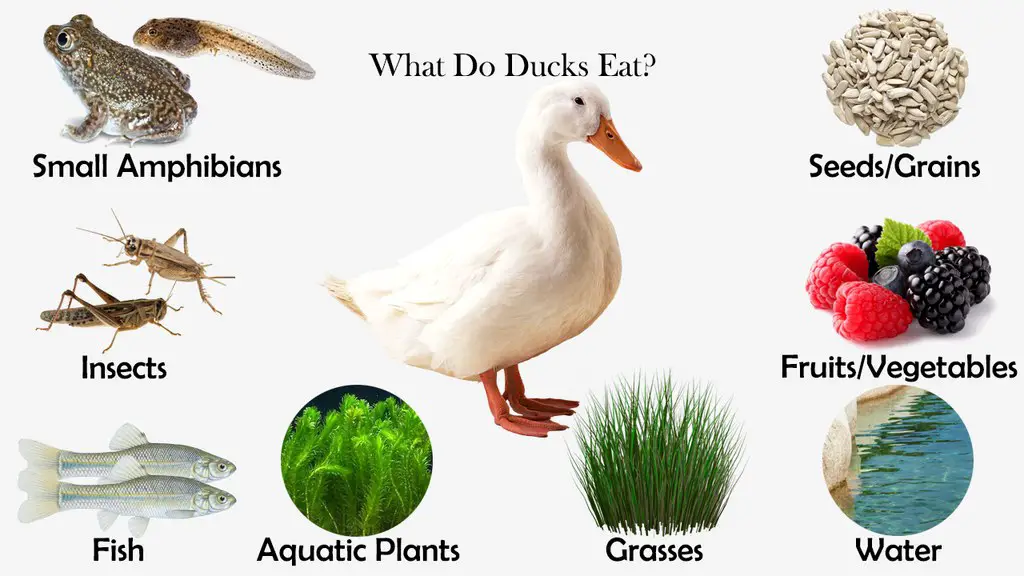 A good feed has a lot of nutrition, they are fortified and have a mineral variety so that the kids grow and develop normally, and the livestock is kept to the maximum.
A good feed has a lot of nutrition, they are fortified and have a mineral variety so that the kids grow and develop normally, and the livestock is kept to the maximum.
The choice of compound feed is influenced by the age criterion of the birds. Needs in the form of food at different stages of development of chicks are different. The diet of the first days should be such that the digestive system learns to process dry food. Seven-day-old chickens need to be given cake, sunflower meal. Two-week-old chicks are given coarser feed, the chicks can already quickly absorb food. Cake can be contained in a special compound feed.
Tip: The chicken can be switched to another feed carefully, in stages. Doses of the new feed should be small, but gradually increase, then the motor skills will be normal.
On average, per day, chickens can be given starter feed from 10 to 27 grams for one baby, the next composition is given in the amount of 90 or 120 grams.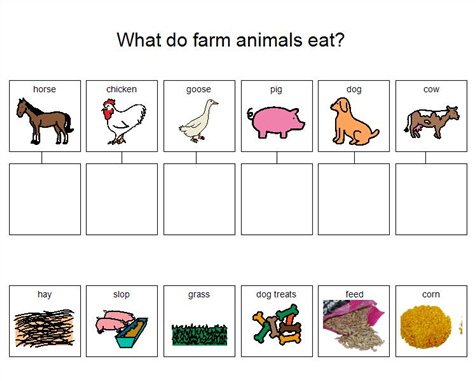 Chickens eat the first five days 6 to 8 times a day. On the 6th day and up to two weeks of age, the chicks are fed 3 or 4 times. On the fifteenth day, three meals a day are enough for birds. Two-month-old chickens are given bran up to 10 percent of the total diet.
Chickens eat the first five days 6 to 8 times a day. On the 6th day and up to two weeks of age, the chicks are fed 3 or 4 times. On the fifteenth day, three meals a day are enough for birds. Two-month-old chickens are given bran up to 10 percent of the total diet.
About wheat and wheat in the diet of chickens
All chickens love to peck at millet grains. Giving millet to babies is a must. It contains a protein that is involved in the building processes of a young bird's body. Mineral components are also included in millet, as are vitamin components (PP, B 1, B 2, K).
Raw products are given to newborn chicks, but it should be remembered that millet porridge at this age is contraindicated for chicks so that scanty still weak beaks do not stick together.
It is possible to mix millet with corn, semolina and wheat groats. Some chicken breeders feed the growing bird millet steamed in boiling water until it swells, give it to the wards strictly cooled down.
Cottage cheese, yeast, herbs or herbal flour can also be mixed with millet. A newborn chick should eat 2 grams of the mixture, for a week-old chick 3 grams are determined.
Wheat grains are welcome in the diet of chicks of different ages. This light natural food is well absorbed by babies. Wheat contains a complex of carbohydrates, vitamins, amino acids and other useful substances.
Wheat groats are given to feathered wards so much that it takes from 20 to 40 percent of the total amount of grain feed. Before serving, the products are checked for the absence of films, the grains must be cleaned. If the chick has reached the age of one and a half months or two months, they are allowed to consume an unlimited amount of dry grain millet or wheat mixtures.
It is also permissible to give millet in grains. It is useful to add corn grits to the menu, as well as bran. Sprouted grain of barley and germinated wheat, which are rich in lecithin, will complement the grain poultry diet.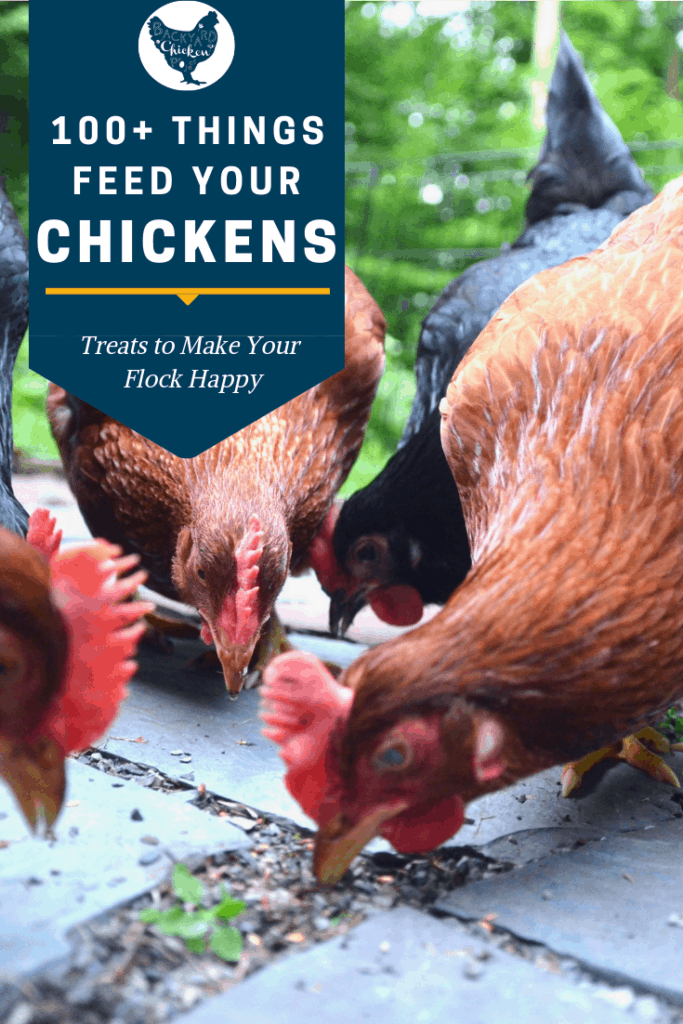 But it is better to sprout the grown young.
But it is better to sprout the grown young.
Rice and buckwheat ration
Rice is remarkable for the content of carbohydrates and useful minerals, vitamin complex "B". At the same time, rice should be limited, and the chickens should not be given a lot of it, with an overabundance, paralysis of birds is possible.
From the first week of life, chickens can be fed with cereals, rice is given in small doses, this will be enough to make the babies feel full, be cheerful and strong. It is better to give rice during the day.
Whether or not to give chicks buckwheat is up to the owners of the bird. Opinions on this matter differ. According to one conclusion, buckwheat should not be included in the menu of a young chicken brood, since it can cause intoxication in immature birds and, when swollen, will lead to digestive disorders.
Others believe and prove from their own experience that it is useful to feed chicks with buckwheat, vegetable protein of cereals is especially valuable. The main thing is not to overdo it. Chickens can eat buckwheat, ground and boiled, in small portions, which are mixed with the main feed.
The main thing is not to overdo it. Chickens can eat buckwheat, ground and boiled, in small portions, which are mixed with the main feed.
Nettle, dandelion and other herbs in the diet of chickens
Nettle grass is a source of many trace elements, vitamin C and vegetable protein. It is an immunomodulating and strengthening plant.
Tip: In order not to damage the esophagus of birds with stinging nettle grass, it should be finely chopped before serving.
Dandelions also contain nicotinic acid and a lot of carotene. Thanks to the plant, the stomach and intestines work perfectly in birds. Nettles and dandelions can be given to three-day birds in chopped form in a cereal mixture, adding low-fat cottage cheese and a grated egg.
Until the babies reach 14 days old, the farmer normally gives them chopped fresh herbs at the rate of 3 or 4 grams per day, from 15 to 30 days of age, 7 grams are needed for chicks. Monthly and two-month-olds need to be fed with 12 or 15 grams of grass.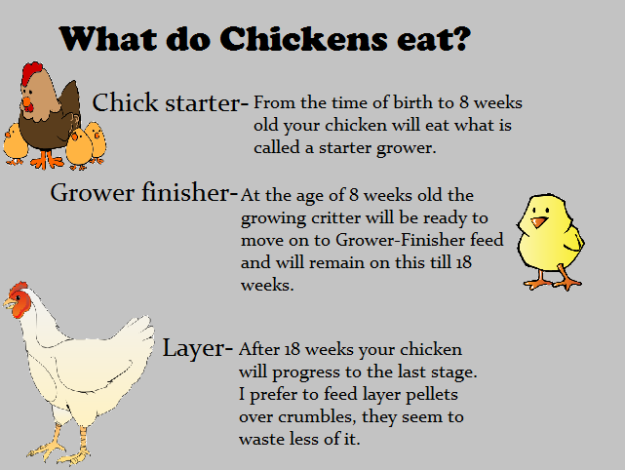 After three and a half months of life, chickens are given about 30 or 35 grams of nettle and dandelion cuts.
After three and a half months of life, chickens are given about 30 or 35 grams of nettle and dandelion cuts.
Tip: Euphorbia and celandine are contraindicated, these herbs are poisonous, which can poison the bird.
Onion, garlic and sorrel benefits for chickens
Green onions are recommended for chickens as a preventive measure against intestinal disorders and to prevent the appearance of parasitic organisms. Five-day-old chicks need chopped onions, which are added to liquid mixers.
Tip: One chick of onion feathers should eat about 6 grams per day. Instead, you can give onions, scrolled in a meat grinder.
Garlic contains a lot of sulfur and B-complex vitamins. It is useful in the prevention and control of microbes and parasitic organisms, and also strengthens the respiratory system of birds.
Sorrel culture will also bring a lot of benefits for the growth and development of healthy chickens. It has a lot of proteins and carbohydrates, fiber and a variety of vitamins. The addition of garlic and sorrel to the food of the chicks can be done on the second day of their life, mixed with the main feeding. Instead of crushed garlic cloves, powdered or dried garlic is suitable. You can add greens to the bran.
It has a lot of proteins and carbohydrates, fiber and a variety of vitamins. The addition of garlic and sorrel to the food of the chicks can be done on the second day of their life, mixed with the main feeding. Instead of crushed garlic cloves, powdered or dried garlic is suitable. You can add greens to the bran.
The regular menu of the tenth day includes peas in the poultry diet. Good for biting chickens. Chicks also love to eat dill, parsley and beet greens. Boiled non-poisonous mushroom is added in small quantities to bird mash, enriching them with vitamins and microelements. Mushrooms in terms of their content of vitamin PP are compared with the liver of an animal.
About the benefits of potatoes and carrots, cabbage
Needless to say about the benefits of succulent feed: potatoes and carrots. They need to be entered into the menu of chicks on the 20th day of life. Potatoes are added as a starch and vitamin (C and B) source. Potatoes are high in calories and help chickens gain weight quickly.
Carrots are useful for their vitamin richness (C, E, A, B) and prosaccharides. Vegetables should be boiled and mixed with semi-liquid feed. Twenty-day birdies consume 5 grams of vegetables per day each individual, thirty-day birds need about 10 grams, three-month-old about 100 grams. Raw potatoes given to the bird are suitable for young animals older than 3 months. Together with carrots, you can enter a pumpkin on the menu.
Finely chopped or grated cabbage is prepared as an addition to this daily menu for five-day-old chicks. A teaspoon of a potassium-rich vegetable is combined with a mash or crushed grains for a dozen chicks.
Dairy products, protein, fish and grain food for chickens
In the household, almost everything is useful for feeding the chicks. It is convenient to feed pets with table waste. But inexperienced poultry farmers do not always know if chickens can be given bread, for example. Veterinarians are allowed to give bread, thanks to bread yeast, the muscle mass of birds grows well.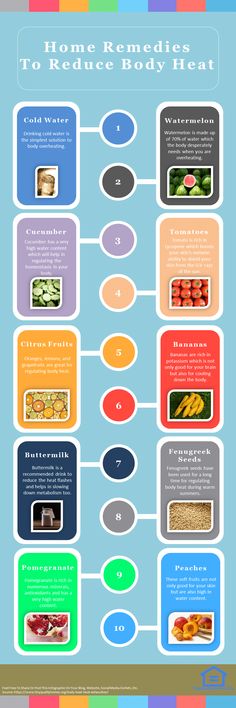
Pieces of stale bread, soaked in water, are given to chicks with a mash or by themselves when they are over 30 days old. There should be no mold on the crusts and pieces.
From dairy products, cottage cheese is preferable, which is good to give to two-day-old babies for growth and development. Cottage cheese is rich in bone-strengthening calcium and vitamin D, which improves intestinal work with lactic acid bacteria. It is recommended to feed chickens with cottage cheese up to two months of age. Daily and seven-day-old chicks consume 2 grams of curd mass per day for each baby. Thirty-day eat 4 grams. The fermented milk product kefir is also useful.
As for milk, it should not be consumed in pure form by chickens, lactose can adversely affect the health and life of chicks. Only milk powder or skim milk is given. These permitted products are included in compound feeds. You can get the return flow by separating the cream from the milk. Products can be added to bird mash from the age of five, dissolving 5 grams per liter of liquid.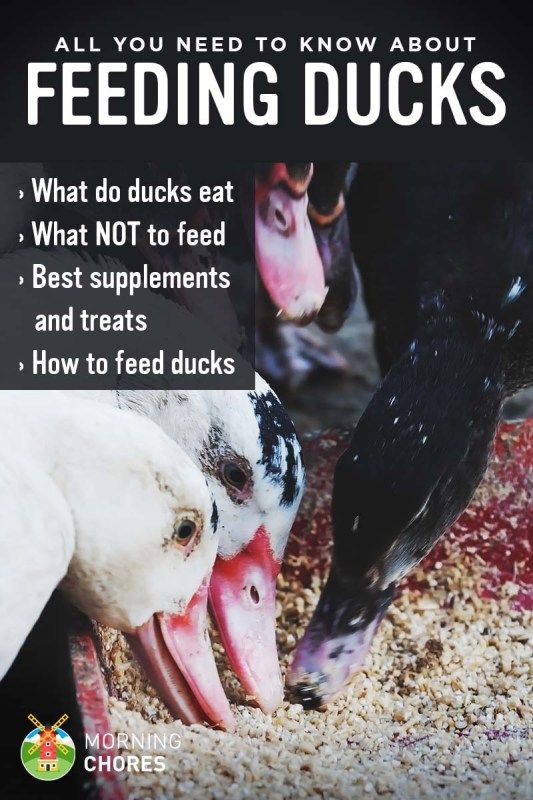
A hard-boiled egg, or rather its yolk, is the first product of newly hatched chicks. It is offered to chickens in crumbled form. Protein should be added to the bird's diet from the fourth day. The egg (protein) is rich in enzymes, amino acids, vitamins B, D and E. It is good to give crushed shells to strengthen the bones of birds from the tenth day.
Tip: To replenish the chicken body with vitamin D, be sure to also give fish oil.
Broiler chickens and regular hens are advised to add some fish food in the menu for feather growth. The fish is given boiled or fried, boneless and chopped. It must be mixed with the main feed. A three-time addition in a weekly interval is enough, one individual needs from 2 to 8 grams.
Can chickens and sandstone
The worms contain the protein necessary for the health of babies, in the future it will help to carry strong testicles to mature hens. You can dig and give worms to the bird.

 For broilers, loose compound feed can be introduced into the diet from the first days of life, and for laying hens - from the second week. When using dry mixes, it is important to provide the hens with sufficient drinking water.
For broilers, loose compound feed can be introduced into the diet from the first days of life, and for laying hens - from the second week. When using dry mixes, it is important to provide the hens with sufficient drinking water. 
